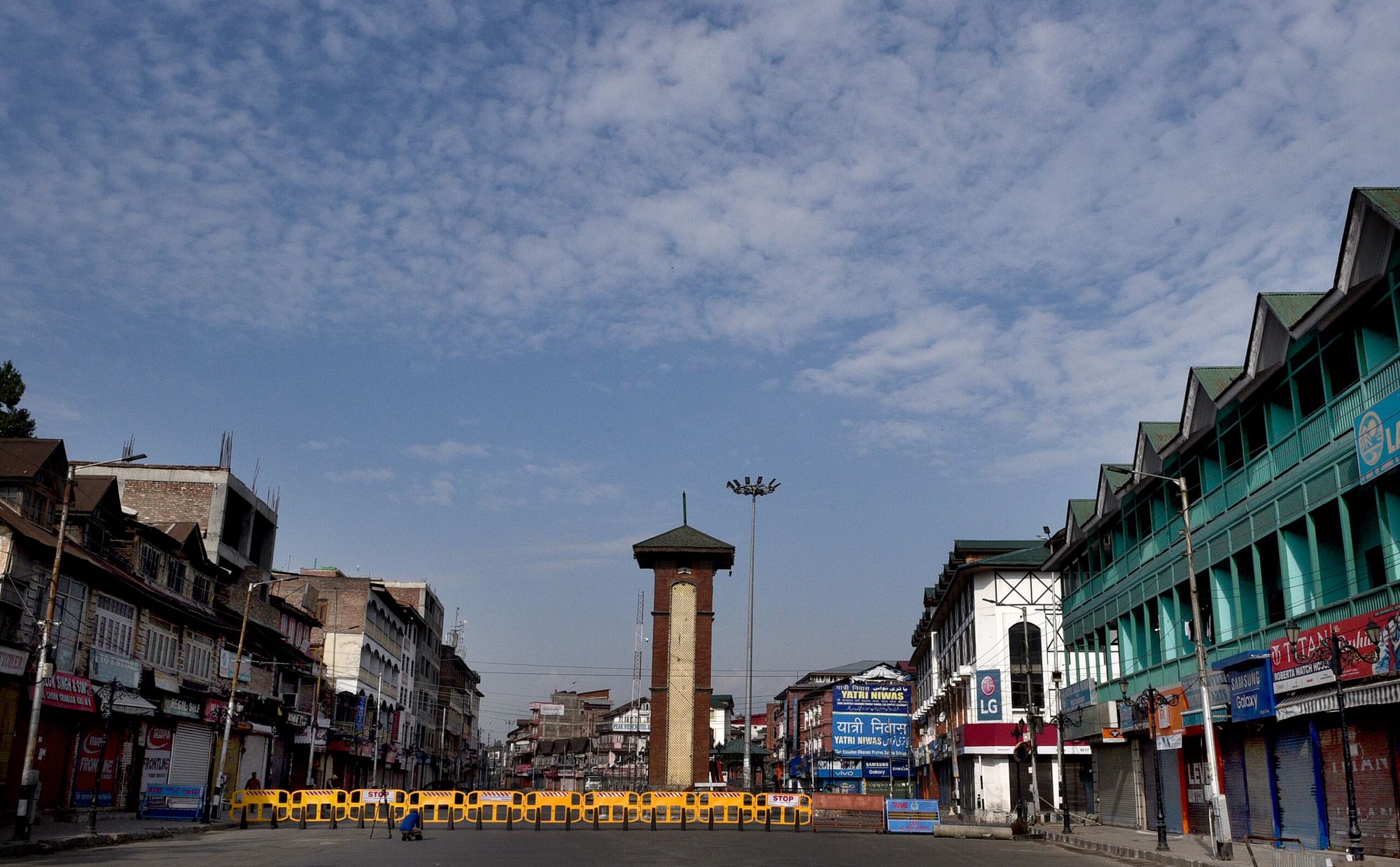A year ago, on the night of March 24, a countrywide lockdown was imposed to retard the COVID-19 pandemic. The government apprehended that if it did not take drastic measures the number of cases would rapidly rise as witnessed in some European countries and simply overwhelm the health system. This fear of a breakdown of health systems motivated the anti-COVID-19 responses of all countries and led to lockdowns almost everywhere to break chains of transmission. The first major lockdown was imposed by China in January 2020 in the Hubei province, the origin of this new coronavirus. Whereas China succeeded—if its statistics are to be believed—in preventing the virus from substantially spreading beyond Hubei province the rest of the world could not limit it exclusively only to some areas or regions.
At the time of the national lockdown last year India had witnessed 600 positive cases. Over the past year that number has increased to 1.15 crore positive cases and India is the third most affected country. Of those infected around 1.6 lakhs died. The United States with over 3 crore cases and about 5.5 lakh deaths is by far the most impacted country followed by Brazil with 1.16 crore cases and over 2.82 lakh deaths. Thus, India’s record in COVID-19 management as compared to countries with far smaller populations is creditable though a caveat must be added: the US has conducted by far the highest number of COVID-19 tests. In the list of affected countries China ranks at 86 with only 90 thousand cases and only 4600 fatalities and it is the most populous country of the world! Despite legitimate doubts about its figures and anger at its lack of adequately warning the world after the virus was identified—the latter issue is being examined by the World Health Organisation (WHO) though China is hardly cooperating with the exercise— the action taken by the Chinese to prevent the virus from spreading needs to be objectively studied for the future.
Overall, India has done well to mitigate the health aspects of the pandemic. The medical fraternity has all through performed its duties with exemplary dedication and Indian bio-scientists did well to bring out a home-made vaccine, a testimony to the country’s strengths in this field. The Indian pharmaceutical industry, especially in the area of vaccine production, has also demonstrated its strengths to enable not only supplies for the country but for vaccines to be sent abroad at a time when developing countries desperately need them.
Despite the good work done so far to keep the pandemic under control the crisis is far from over. Indeed, the second year of the pandemic is beginning on a sombre note. After going down the number of positive cases is rising substantially. That this is cause of concern is shown by the warnings of Prime Minister Narendra Modi himself. He held a meeting with the Chief Ministers on March 17. He noted that the increase in positive cases “is more than 150 percent in 70 districts of the country”. And he rightly called for “this emerging ‘second peak’ to be ‘immediately’ stopped. To this end he emphasised that “quick and decisive steps would have to be taken”. Modi’s caution that the nation cannot afford to get careless is timely.
The fact is that COVID-19 fatigue can be witnessed in public places which is perhaps leading to both overconfidence and an apathy towards the pandemic. This has to end and both the central government and the state governments have to undertake intensive and widespread campaigns to sensitise the public to continue to take the pandemic with utmost seriousness. It would be essential to associate a wide cross section of experts from concerned backgrounds including social scientists who have knowledge of human behaviour to ensure that the messaging to the public to pursue COVID-19 is effective.
The need for such experts to be involved in these publicity exercises is borne out by the experience of the migration from the cities that occurred after the lockdown last year. Perhaps if social scientists had been consulted, they may have warned of such migrations even though all transport facilities had been withdrawn. Simplistic thinking in such matters and exclusive reliance on the experience of the bureaucracy can be counterproductive. Unfortunately, there is no evidence that India’s civil servants have, as yet, done any introspective exercise to examine the causes of the migration last year and the lessons learnt from it.
With the onset of rising numbers of COVID-19 infections it is likely the pandemic may continue for the better part of this year too despite the vaccinations. As the country looks to the future it can take heart from the manner the way the government and the people handled the multifaceted crises that India had to handle last year. The pandemic dealt a most severe economic blow. However, after the lockdowns economic activity has picked up though full recovery will take time. Elections were held smoothly and this too required skilled management in the time of the pandemic. The country had also to deal with a great security and foreign policy challenge because of aggressive Chinese behaviour along the Line of Actual Control in Ladakh. The disengagement process has taken place to an extent and tensions have reduced but status quo ante is yet to be fully restored.
All in all, the resilience of the Indian people was challenged on many fronts. While they have successfully met many tests a number of them still remain and patience, care and commitment will be needed in the months ahead on the COVID-19 front.






